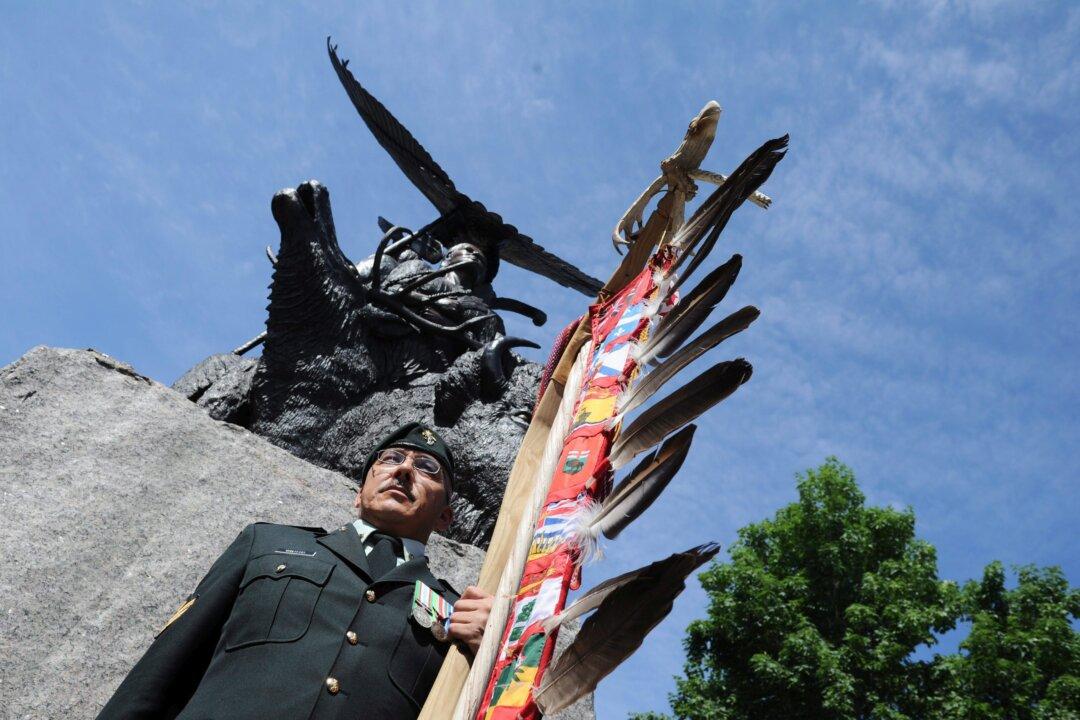Commentary
Thirty years ago Canadians began hearing more about the “Forgotten Warriors,” indigenous men who volunteered in the fighting services during Canada’s wars.

Thirty years ago Canadians began hearing more about the “Forgotten Warriors,” indigenous men who volunteered in the fighting services during Canada’s wars.